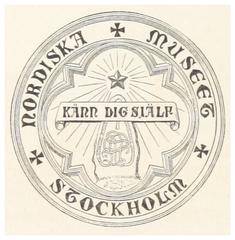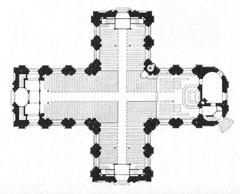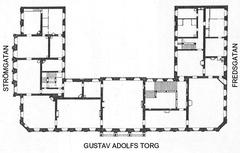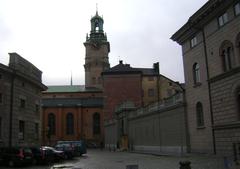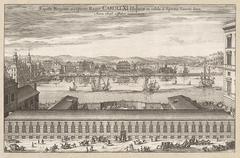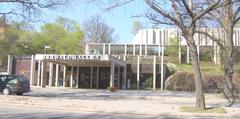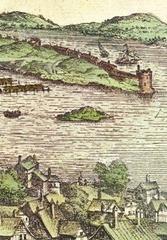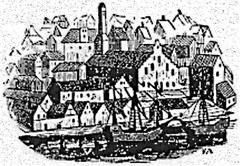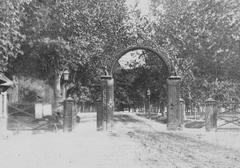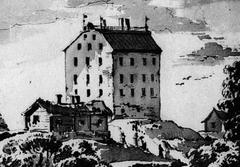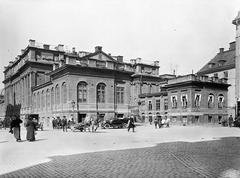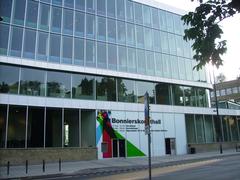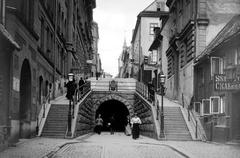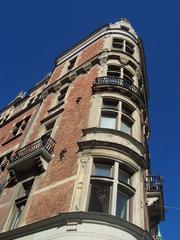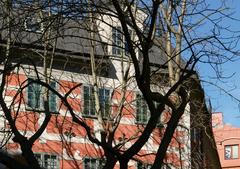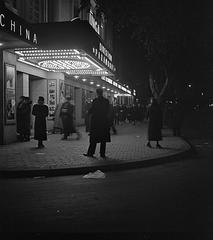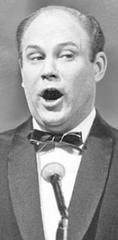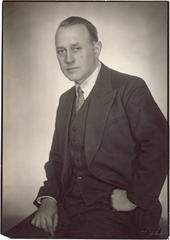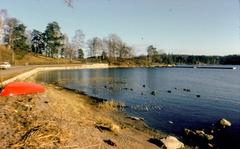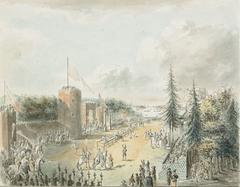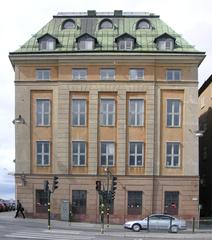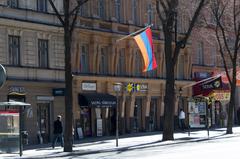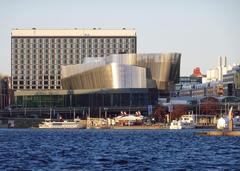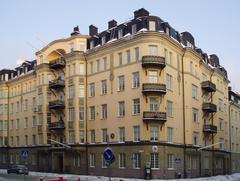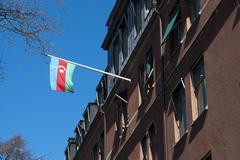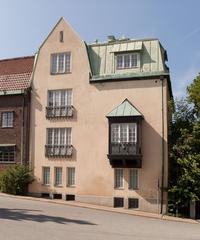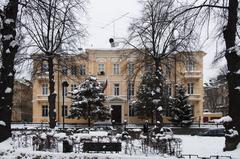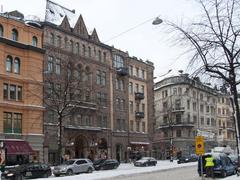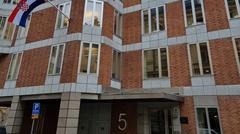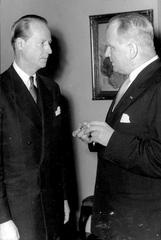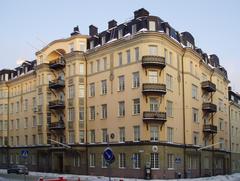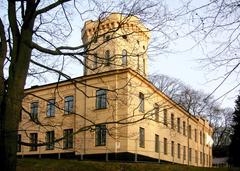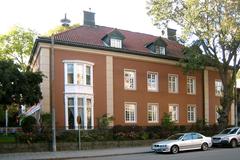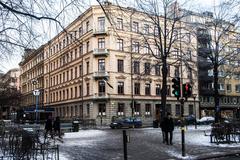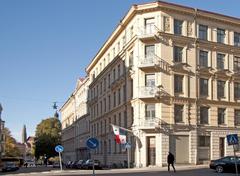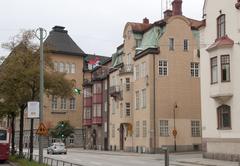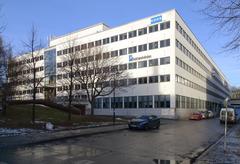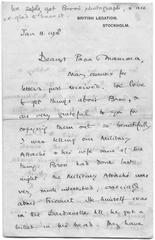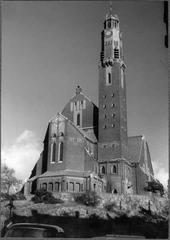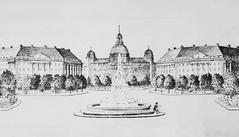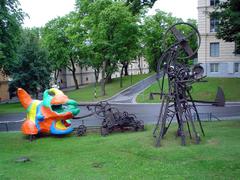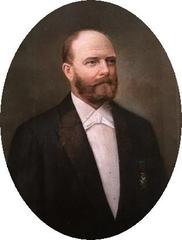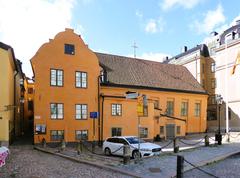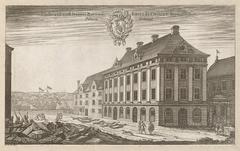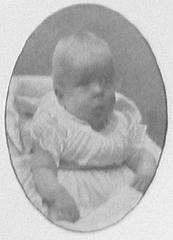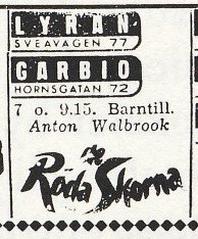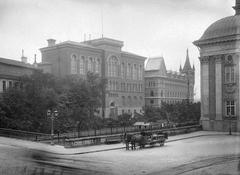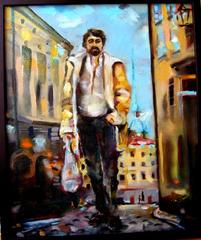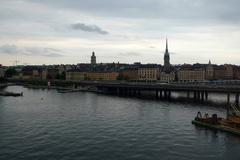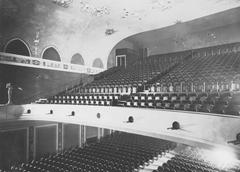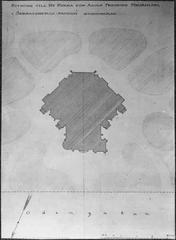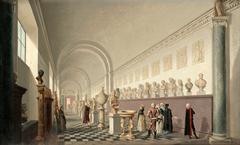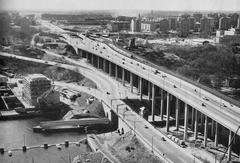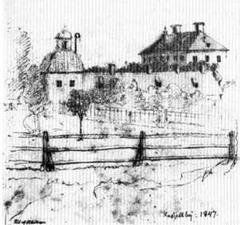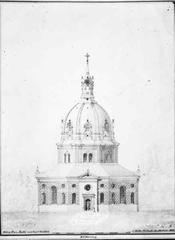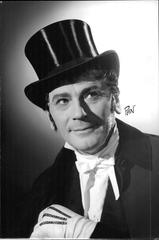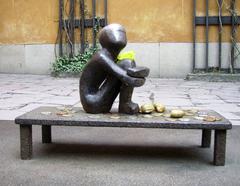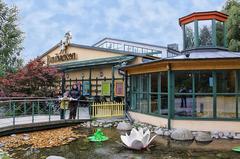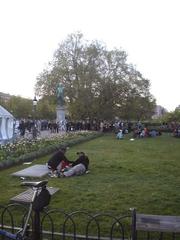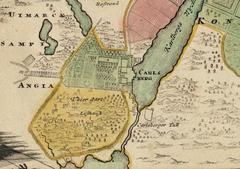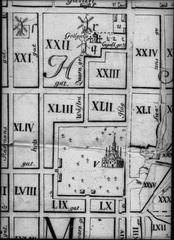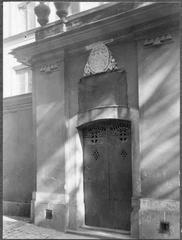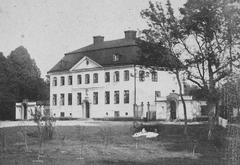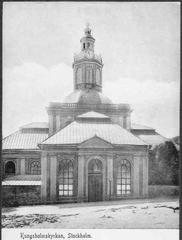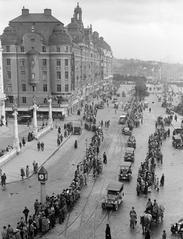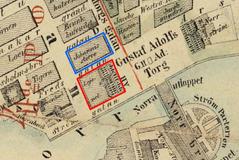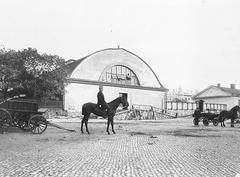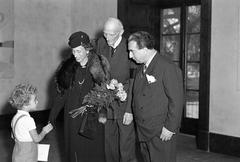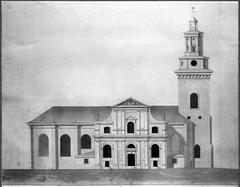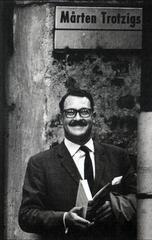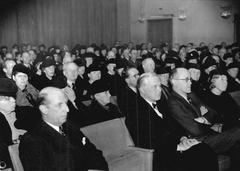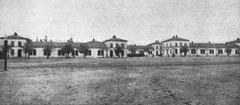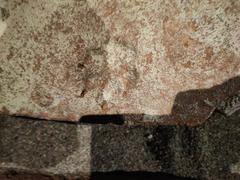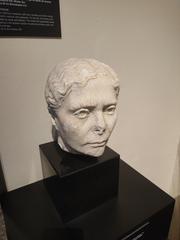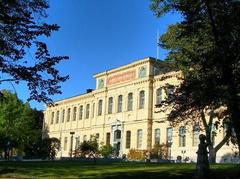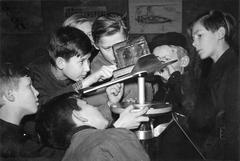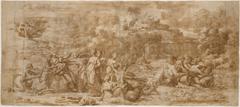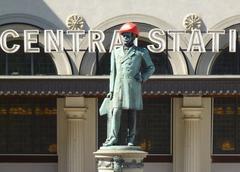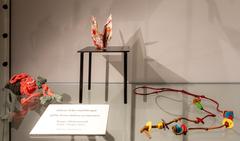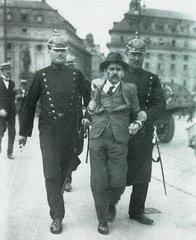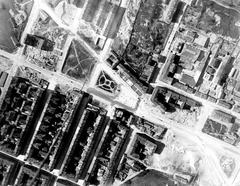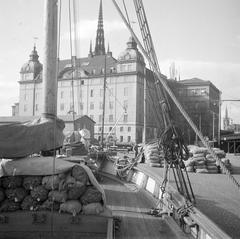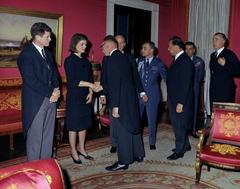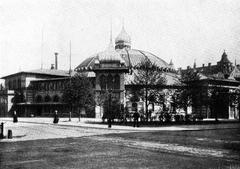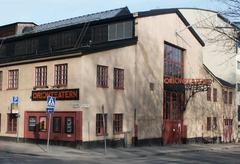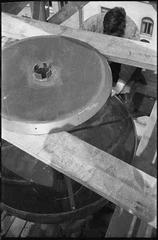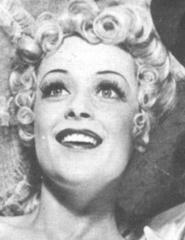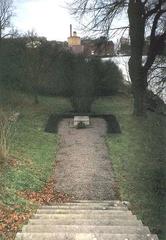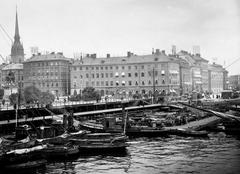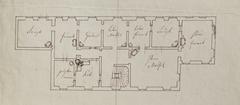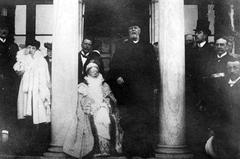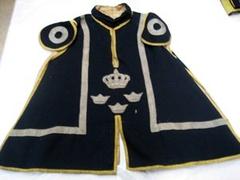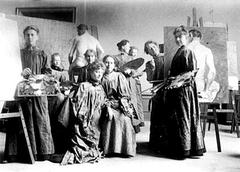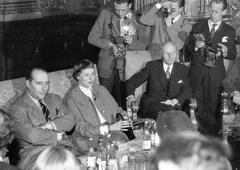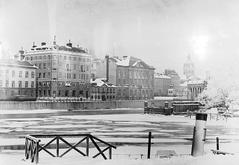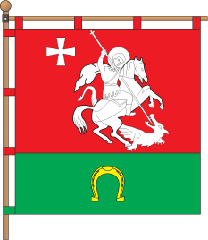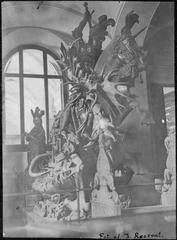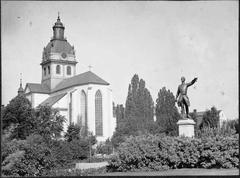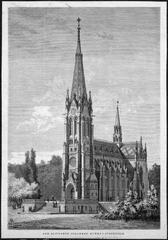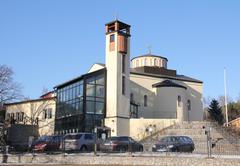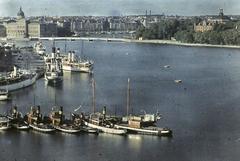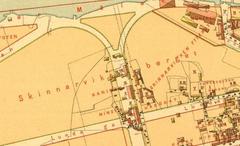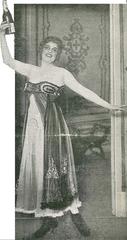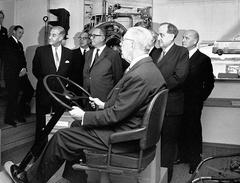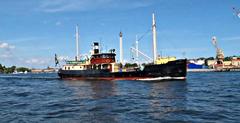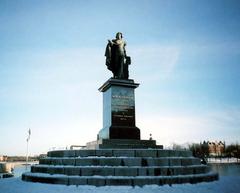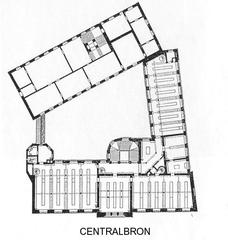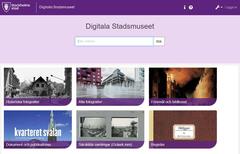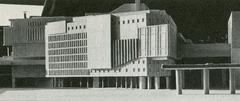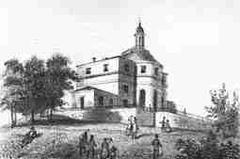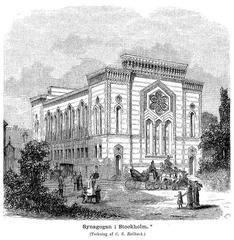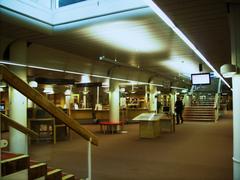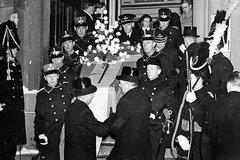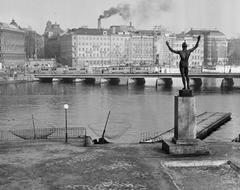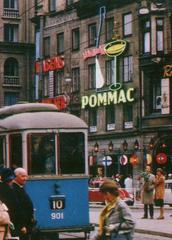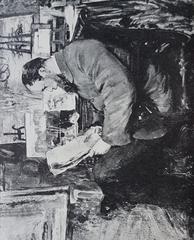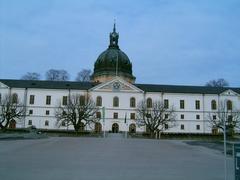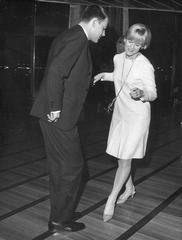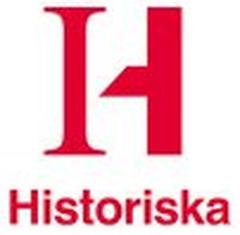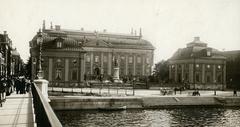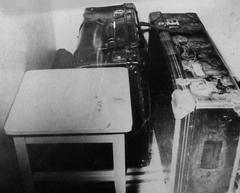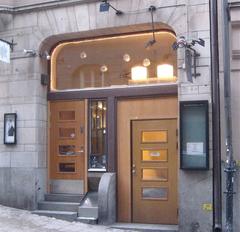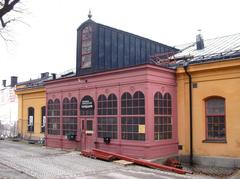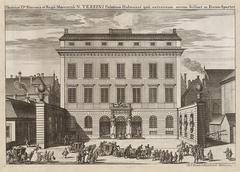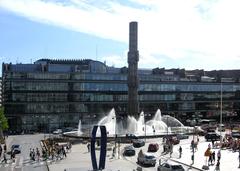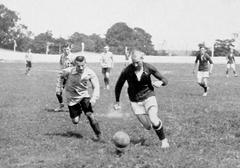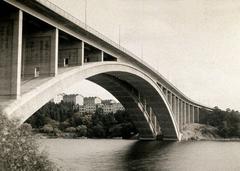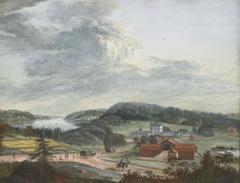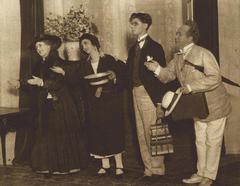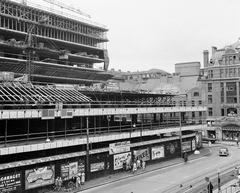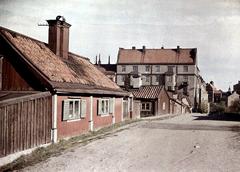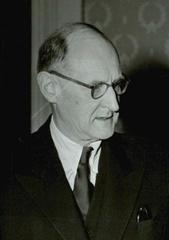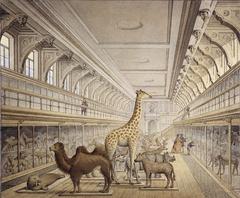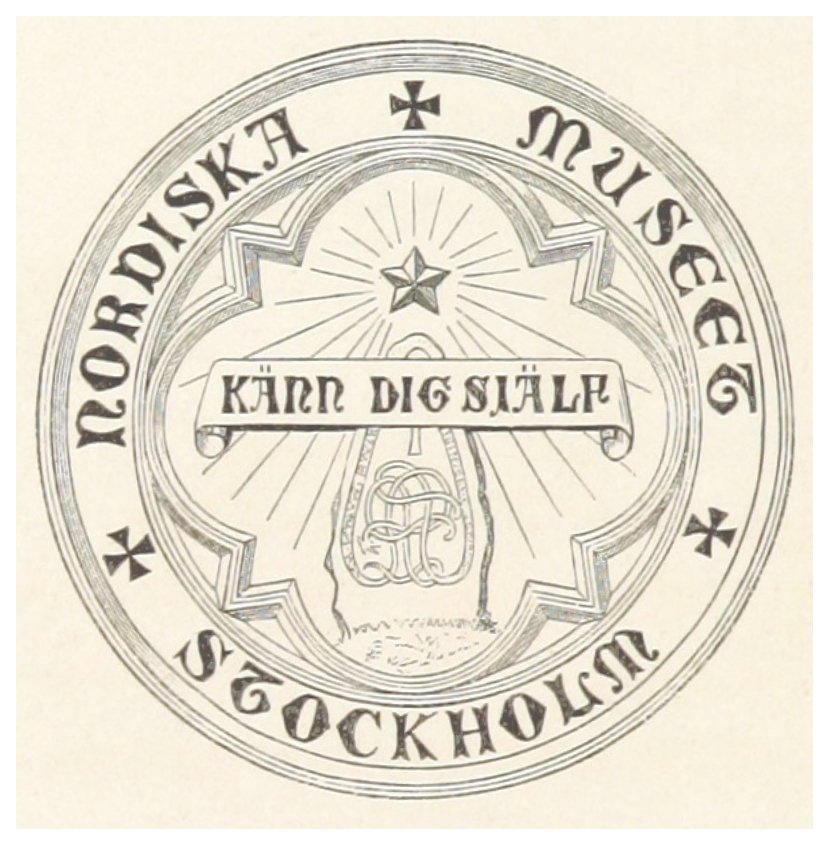
Comprehensive Guide to Visiting Nordiska Museet Stockholm, Sweden
Date: 18/07/2024
Introduction
Welcome to the Nordiska Museet, a crucial repository of Nordic cultural heritage nestled in the heart of Stockholm on Djurgården Island. Established in 1873 by Artur Hazelius, this museum stands as a testament to the preservation of Swedish and wider Nordic cultural traditions, spanning from the Middle Ages to contemporary times. Whether you are a history enthusiast, an admirer of art, or simply seeking an educational experience, the Nordiska Museet offers a deep dive into the rich tapestry of Nordic life. Architecturally, the museum is a marvel, designed by Isak Gustaf Clason and completed in 1907. Its grandeur and intricate details reflect the Nordic Renaissance style, making it not only a cultural but also an architectural landmark in Stockholm.
The museum’s vast collections, which include over 1.5 million objects, provide invaluable insights into the social history and cultural practices of Sweden and its Nordic neighbors. From traditional folk costumes and textiles to furniture, toys, and tools, the diversity of exhibits ensures that there is something for everyone. Additionally, the museum’s extensive photographic archive and Sami artifacts collection offer unique perspectives into the Nordic way of life across different eras.
This guide aims to provide you with all the essential information you need for a fulfilling visit, including practical details like visiting hours, ticket prices, and accessibility, as well as highlights of the museum’s must-see exhibits and nearby attractions. Let us embark on a journey through the Nordiska Museet, where history and culture come alive.
Table of Contents
- [Founding and Early Years](#founding-and-early-yearsfounding-and-early-years)
- [Construction and Architectural Significance](#construction-and-architectural-significanceconstruction-and-architectural-significance)
- [Expansion and Development](#expansion-and-developmentexpansion-and-development)
- [Collections and Exhibitions](#collections-and-exhibitionscollections-and-exhibitions)
- [Folk Art and Handicrafts](#folk-art-and-handicraftsfolk-art-and-handicrafts)
- [Fashion and Textiles](#fashion-and-textilesfashion-and-textiles)
- [Furniture and Interior Design](#furniture-and-interior-designfurniture-and-interior-design)
- [Visitor Information](#visitor-informationvisitor-information)
- [Visiting Hours and Tickets](#visiting-hours-and-ticketsvisiting-hours-and-tickets)
- [Accessibility](#accessibilityaccessibility)
- [Visitor Experience](#visitor-experiencevisitor-experience)
- [Interactive Exhibits](#interactive-exhibitsinteractive-exhibits)
- [Guided Tours and Audio Guides](#guided-tours-and-audio-guidesguided-tours-and-audio-guides)
- [Museum Shop and Café](#museum-shop-and-cafémuseum-shop-and-café)
- [Nearby Attractions](#nearby-attractionsnearby-attractions)
- [Special Events and Programs](#special-events-and-programsspecial-events-and-programs)
- [FAQ](#faqfaq)
- [Conclusion and Call to Action](#conclusion-and-call-to-actionconclusion-and-call-to-action)
Founding and Early Years
The Nordiska Museet, or Nordic Museum, was founded in 1873 by Artur Hazelius, a Swedish teacher, scholar, and folklorist. Hazelius was deeply passionate about preserving Swedish cultural heritage, and his vision was to create a museum that would showcase the everyday life and traditions of the Nordic people. Initially, the museum was part of the Scandinavian Ethnographic Collection, which Hazelius had started in 1872. The collection quickly grew, and by 1880, it was clear that a dedicated museum was needed to house the expanding array of artifacts.
Construction and Architectural Significance
The current building of the Nordiska Museet, located on Djurgården island in Stockholm, was designed by the renowned Swedish architect Isak Gustaf Clason. Construction began in 1888 and was completed in 1907. The museum’s architecture is a striking example of Nordic Renaissance style, characterized by its grandiose façade, intricate stonework, and a large central hall that is reminiscent of a medieval castle. The building itself is a testament to the national romanticism movement that was prevalent in Sweden during the late 19th and early 20th centuries.
Expansion and Development
Throughout the 20th century, the Nordiska Museet continued to expand its collections and exhibitions. The museum’s focus broadened to include not only Swedish culture but also the cultural history of other Nordic countries, including Denmark, Norway, Finland, and Iceland. This expansion was in line with Hazelius’s original vision of creating a comprehensive repository of Nordic cultural heritage.
In the 1960s and 1970s, the museum underwent significant renovations to modernize its facilities and improve the visitor experience. New exhibition spaces were created, and the museum’s collections were reorganized to provide a more coherent and engaging narrative of Nordic history and culture.
Collections and Exhibitions
The Nordiska Museet’s collections are vast and diverse, encompassing over 1.5 million objects that span several centuries. The museum’s holdings include traditional folk costumes, textiles, furniture, household items, tools, toys, and artworks. One of the museum’s most notable collections is its extensive array of Sami artifacts, which provide valuable insights into the culture and traditions of the indigenous Sami people of northern Scandinavia.
The museum also houses an impressive collection of photographs, with over 6 million images that document various aspects of Nordic life from the 1840s to the present day. These photographs offer a unique visual record of the region’s social, economic, and cultural development.
Folk Art and Handicrafts
One of the highlights is the extensive collection of folk art and handicrafts, including traditional Swedish textiles and Sami artifacts. These exhibits highlight Swedish artisans’ artistic skills and provide a glimpse into the daily lives and traditions of various communities across Sweden.
Fashion and Textiles
The fashion and textile collection is one of the largest in Europe, featuring over 35,000 items from traditional costumes to contemporary fashion. Special exhibitions often focus on specific designers or fashion trends, offering deeper insights into Swedish fashion evolution.
Furniture and Interior Design
The museum’s furniture and interior design collection spans from the 16th century to the present day, showcasing Swedish design evolution. Notable items include Gustavian furniture and modern Scandinavian designs, emphasizing functionality and minimalism.
Visitor Information
Visiting Hours and Tickets
The Nordiska Museet is open daily from 10 AM to 5 PM, with extended hours on Thursdays until 8 PM. Ticket prices are 140 SEK for adults, 120 SEK for students and seniors, and free for children under 18. For the latest information on opening hours and ticket prices, visit the museum’s official website.
Accessibility
The museum is wheelchair accessible, with elevators and ramps throughout the building. Designated parking spaces are also available for visitors with disabilities.
Visitor Experience
Interactive Exhibits
Interactive exhibits engage visitors of all ages. Hands-on activities, multimedia displays, and immersive environments bring Swedish history and culture to life. The “Children’s Playhouse” exhibit, for example, allows young visitors to experience life in different historical periods.
Guided Tours and Audio Guides
Guided tours and audio guides in multiple languages enhance the visitor experience, providing in-depth information about collections and exhibits. Audio guides can be downloaded from the museum’s website, allowing for a self-paced exploration.
Museum Shop and Café
The museum shop offers books, souvenirs, and traditional Swedish handicrafts, while the café serves a variety of Swedish dishes and pastries, providing a taste of Swedish cuisine.
Nearby Attractions
While visiting the Nordiska Museet, don’t miss other nearby attractions on Djurgården Island, such as the Vasa Museum, Skansen open-air museum, and ABBA The Museum. These sites offer a broader understanding of Swedish culture and history.
Special Events and Programs
The Nordiska Museet hosts a variety of special events and programs throughout the year, including lectures, workshops, and cultural festivals. The annual “Christmas Market” features traditional Swedish crafts, food, and entertainment. For upcoming events, visit the museum’s events page.
FAQ
Q: What are the Nordiska Museet’s opening hours? A: The museum is open daily from 10 AM to 5 PM, with extended hours on Thursdays until 8 PM.
Q: How much do tickets cost? A: Tickets are 140 SEK for adults, 120 SEK for students and seniors, and free for children under 18.
Q: Is the museum accessible for visitors with disabilities? A: Yes, the museum is wheelchair accessible with elevators, ramps, and designated parking spaces.
Conclusion and Call to Action
The Nordiska Museet is a vital institution for preserving and promoting Swedish culture. Its extensive collections, educational programs, and special events make it a must-visit destination in Stockholm. Plan your visit today and immerse yourself in Sweden’s rich cultural heritage.
For more information, download the Audiala mobile app, check out our other related posts, or follow us on social media for updates.
For more detailed information on visiting the Nordiska Museet, including opening hours and ticket prices, please visit their official website.
References
- Nordiska Museet Official Website, source
